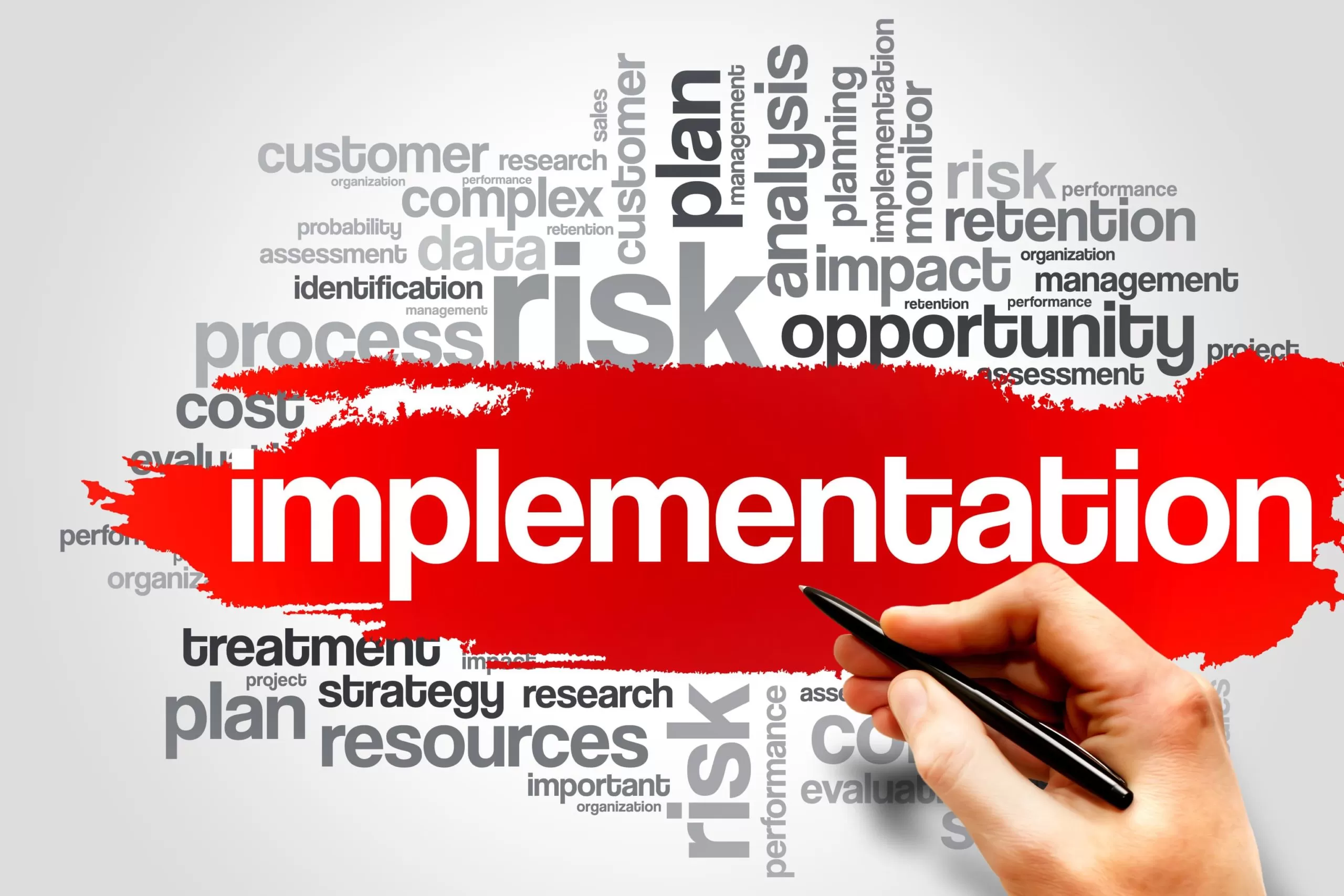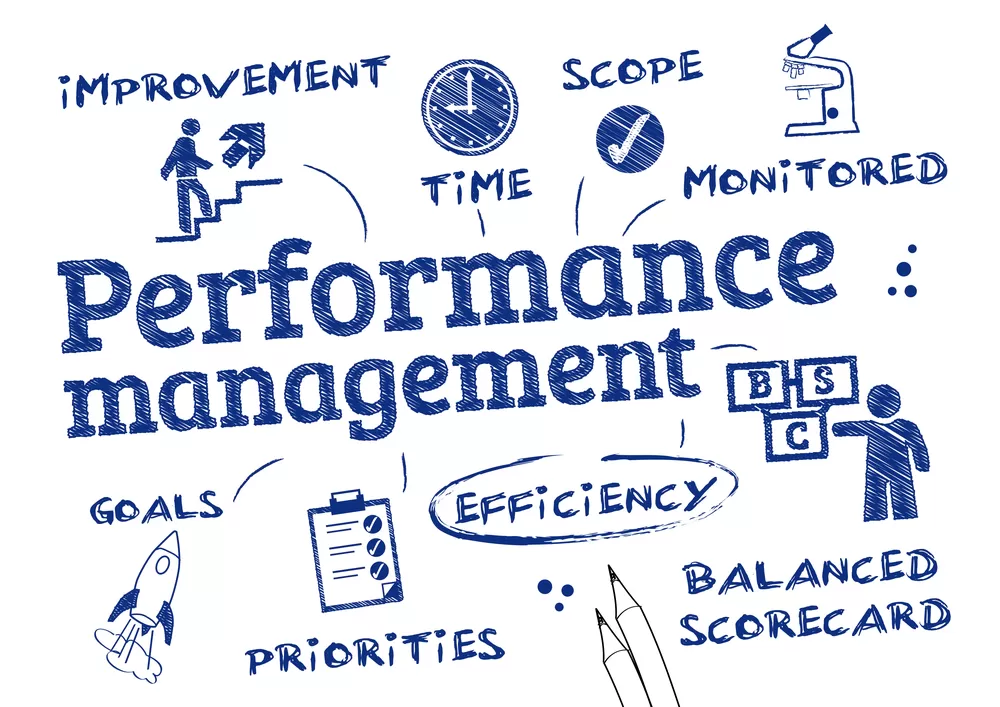Once senior management has approved a HRIS project, the possibilities of greater productivity and increased employee autonomy may easily lead the project straight into a wall. It’s true that a HRIS can benefit an organization in many ways. Nevertheless, it‘s important for the project leaders to continue viewing HRIS software as a tool that helps achieve goals, rather than a company savior or magic fix.
Following this rationale, it’s critical to ensure that certain broad elements are present in the implementation project plan.
Concurrence and Enthusiasm
The people that plan to frequently utilize the HRIS and those the project will impact the most should be on board with the entirety of the HRIS plan.
From selecting a HRIS vendor and system, to installing it and using it for daily operations, the employees must be tolerant, enthusiastic, and agreeable about what is going on and how it is being executed. If the majority of employees wanted to implement a particular system or believe the implementation should be done differently, it can throw a wrench in the implementation project.
Adequate Capital and Time
Many companies don’t allow adequate labor or time for the HRIS to be properly implemented, and leave scant time for employees to adjust to the new system. While adequate capital is important, both elements must be prioritized.
If either the time or the budget for a HRIS implementation is shorted, it can affect the efficiency with which the implementation is executed and may impact how successful the system is at increasing productivity.
If one chooses to cut corners on the HRIS budget, the timeframe for implementation, or employee labor hours dedicated to the success of a HRIS project, the result may be decreased employee morale. If employees feel that too much pressure is placed on them and struggle to keep up with workloads and HRIS implementation tasks, the HRIS project may fall out of favor. This can affect employee adoption rates and sometimes even cause turnover.
Technical Capability
Since implementing a new HRIS means working with new technology, it’s imperative for technical needs to be taken into consideration. If on-site employees have the skills to install the software, set up passwords, authorize access to different areas, create rules, transfer data, and train users, a certain number of those employees’ hours should be devoted to those tasks.
If on-site employees do not possess the required technical capabilities, it is wise to acquire outside help for achieving this success.
Clear Goals and Benchmarks
When devising a HRIS implementation project plan, it is crucial to set and clarify goals and benchmarks for each phase of the project. A timeline should be drawn up for the entire project. It’s also imperative for project team members to agree on what constitutes success for each step or phase.
If goals and benchmarks are vague or not given a deadline, the whole project may be tabled indefinitely or take much longer than planned, which can affect productivity and ultimately the bottom line.












